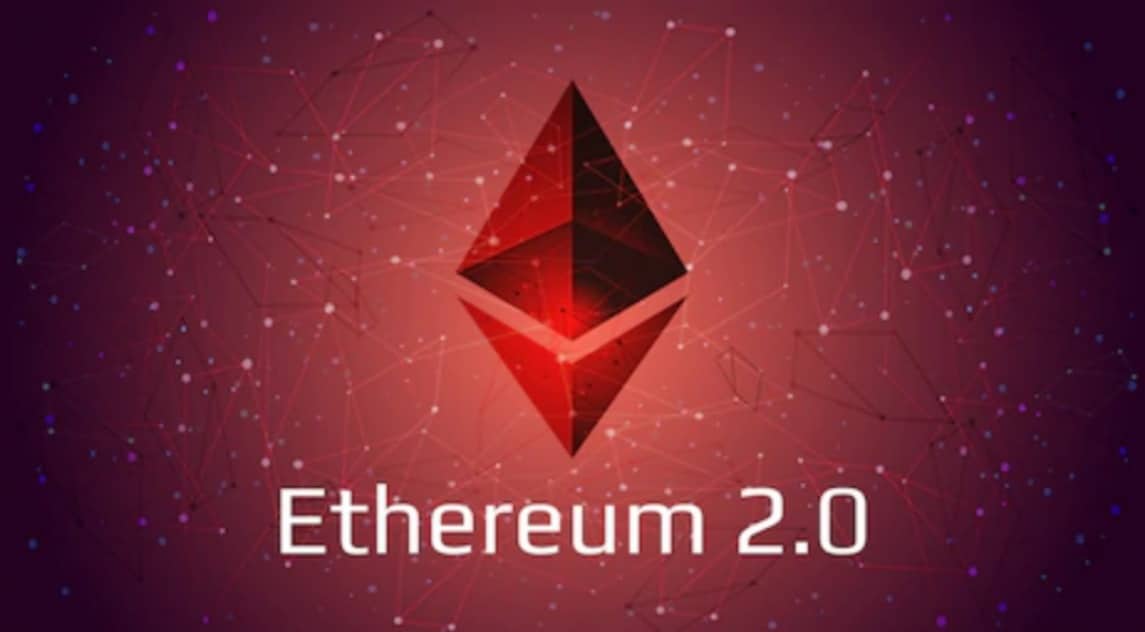Ethereum 2.0, also known as Serenity or ETH 2.0, is a digital upgrade to the Ethereum blockchain. It is expected to launch in four different phases. The upgrade is expected to improve its economic model, resource usage, and governance. It is also propagated to allow it to process more transactions, and analysts believe that with the current support it currently boasts of, it may positively affect its pricing over the next few months or years.
The network is proposed to start its operations by December 1, 2020, and earlier this month reported that it needs about 524,288 ETH in capital to start its operation. At a rate of about $570 per Ether, the project has now received about 857,000 ETH in deposits, which is way above the needed requirements, analyst confirms. Reports have also confirmed that the Ethereum 2.0 itself is not launching yet; instead, “Beacon Chain” is.
Beacon Chain and relationship to ETH 2.0
The Beacon Chain project is a parallel proof-of-stake which will introduce the proof-of-stake to Ethereum(ETH). It is a new initiative designed to help keep Ethereum secure. According to analysts, it is expected to make Ethereum healthier, and investors are promised an opportunity to earn more ETH in the process.
In practice, it will involve you staking ETH to activate validator software. As a validator, you’ll be required to process transactions and create new blocks in the chain. Beacon chain is not expected to initially impact ETH or even its smart contracts, but it will instead contribute to Ethereum 2.0. Beacon’s chain activation is the first phase of the four-planned phases of Ethereum 2.0.
Etheruem 2.0 validators await the launch date
Validators are earmarked as the primary stakeholders on the new network equivalent to miners on the current Ethereum network. They are expected to be rewarded for each new block and every successful transaction being processed on the system. New or old Users will stake at least 32ETH into the network’s deposit scheme to become validators.
An annual reward of 20% on stakes is available to validators to cash out on. Cryptocurrency exchanges and mining pools have partnered with the network to enable users to stake their 32 ETH and earn rewards. Users will, however, continue to rely on rewards from Defi or savings programs as in the past until Ethereum 2.0 launches.
The rate of deposits that the new network whose launch is in progress is getting is alarmingly high. This further shows that the excitement and belief that the community has towards it is amazing. For now, its users will continue to rely on savings programs being offered by crypto exchanges to earn rewards on the network. Users can earn on their crypto assets by either saving them in deposits or locking their assets on the crypto exchange platforms, which will yield much more interest than saving.

